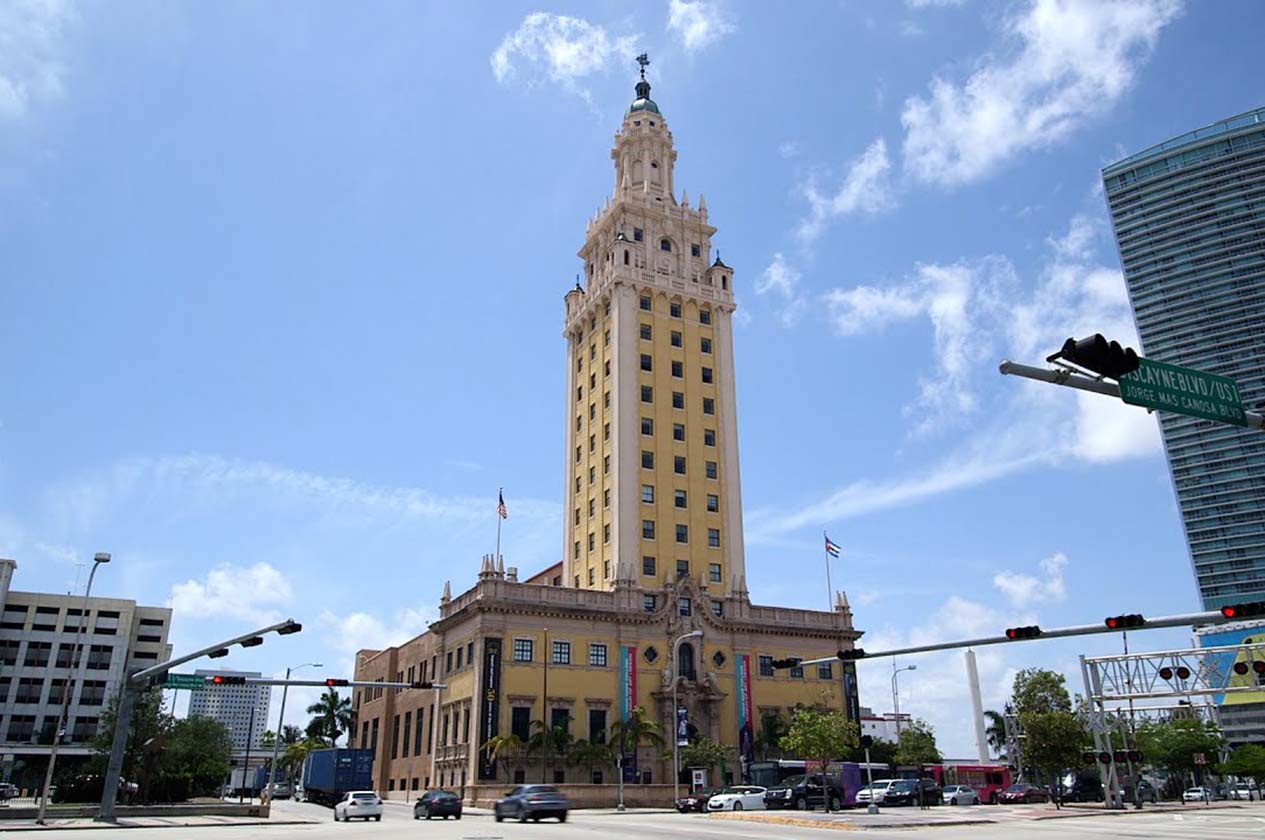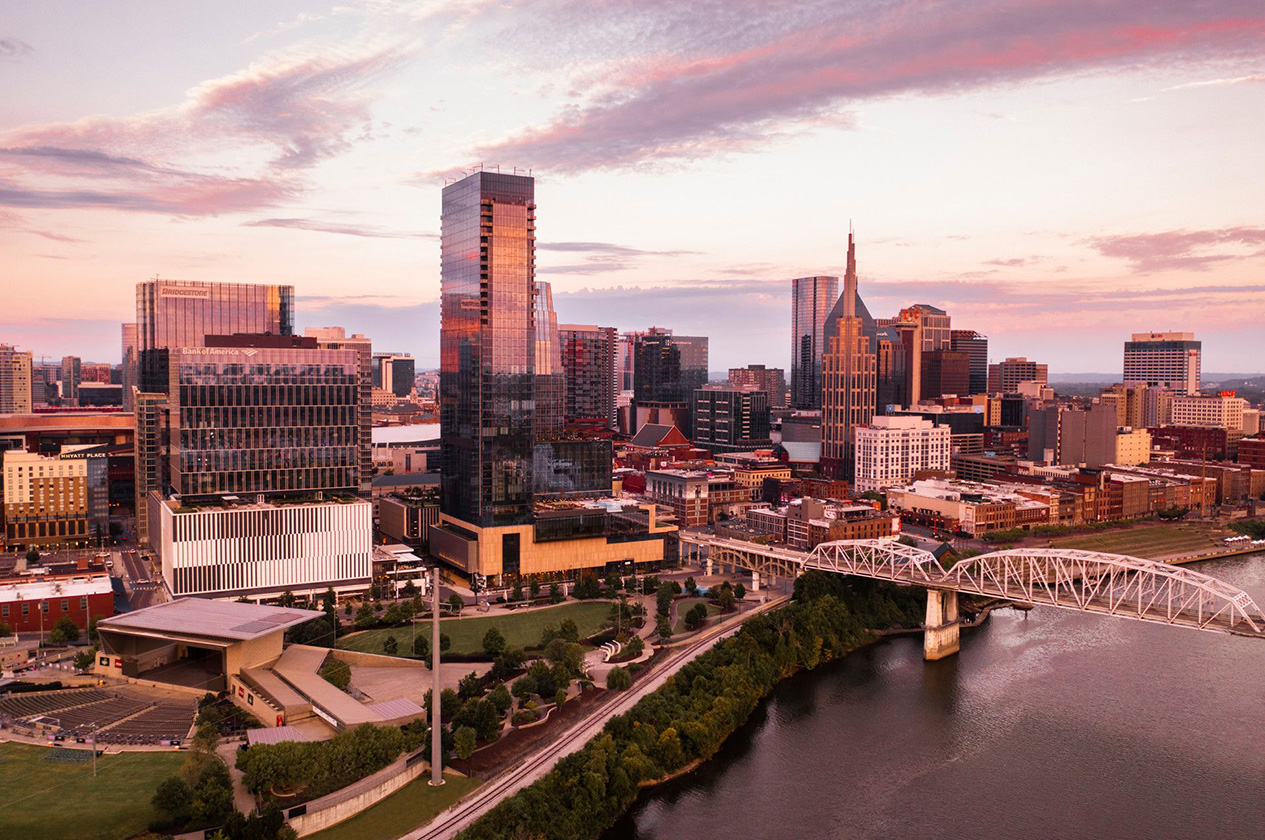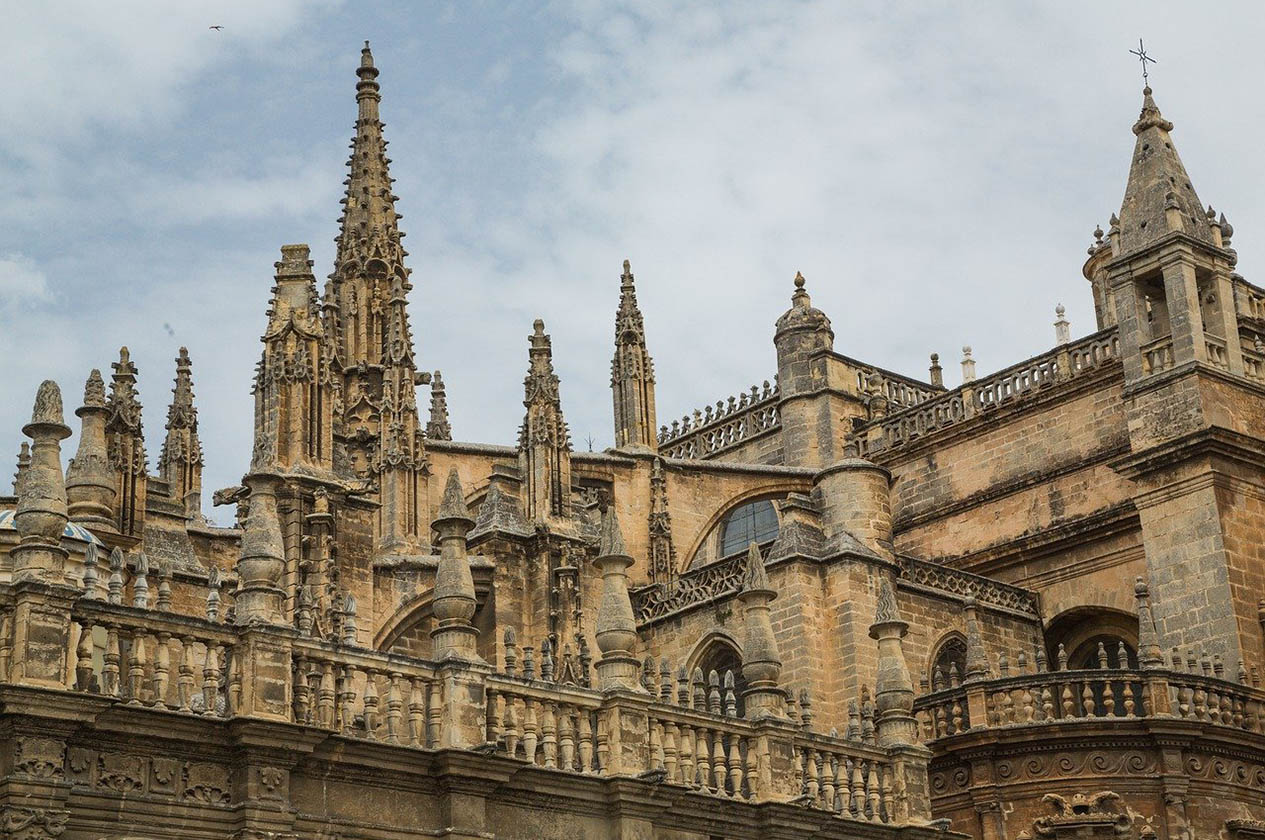Miami, a city renowned for its glitz, glamour, and sizzling nightlife, harbors a treasure trove of historical gems waiting to be discovered. My recent quest into Miami’s bygone eras unearthed tales of resilience, artistry, and enigma encapsulated within the city’s historical landmarks.
Freedom Tower: A Beacon of Hope
My odyssey through Miami’s past commenced at the iconic Freedom Tower, a symbol of liberation for Cuban refugees. Its architecture, a fusion of Mediterranean Revival and Spanish Renaissance, stood as a testament to Miami’s pivotal role during the Cuban exodus. Within its walls, the Cuban American Museum enshrined captivating narratives of hope and transformation, showcasing the indomitable human spirit against the backdrop of history.
Pro Tip: The affordability of the Cuban American Museum admission at a mere $15 for adults allowed me to dive deep into this rich tapestry of stories. Open from Tuesday to Sunday, 12 PM to 5 PM, it welcomed visitors to traverse the chronicles of resilience and fortitude.
Little Haiti Cultural Complex: A Celebration of Haitian Heritage
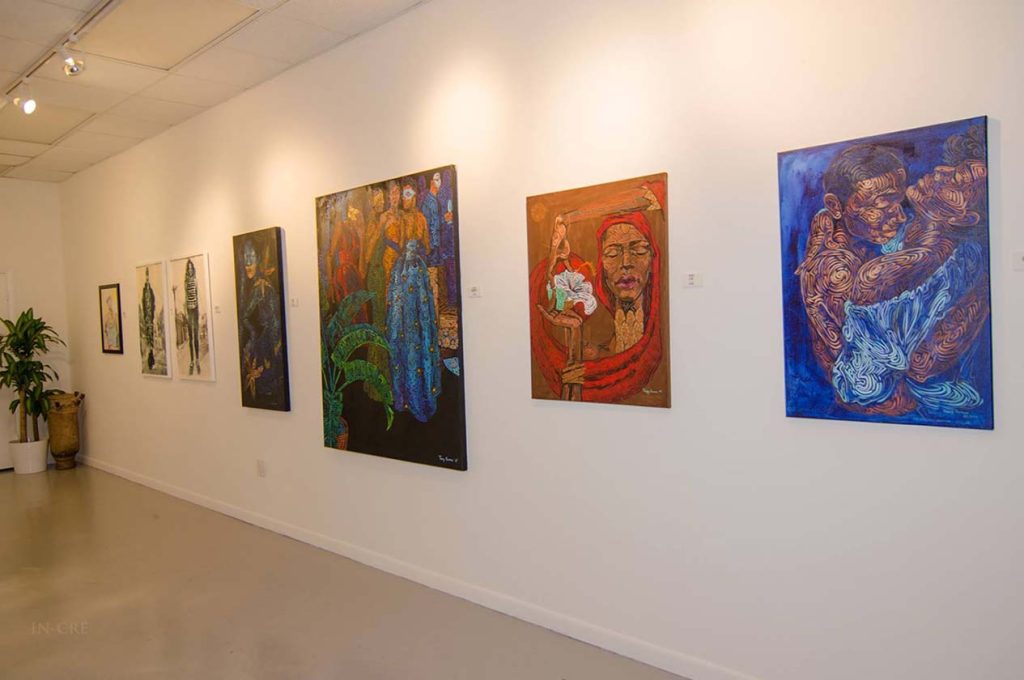
Nestled in the heart of Miami’s Little Haiti neighborhood, this complex is a testimony to the influence of the Haitian diaspora.
I was immediately drawn to the colorful murals that adorned the exterior, each telling a story of resilience and the longing for home. As I stepped inside, I was greeted by the rhythm of Haitian music and the warm smiles of the staff.
The highlight of my visit was the Haitian art gallery, showcasing an array of captivating works by local and international artists. The vivid paintings and sculptures narrated tales of history, migration, and the indomitable spirit of the Haitian people.
Exploring the complex took me approximately two hours, but I could have easily spent more time immersing myself in the culture. As I left, I couldn’t help but reflect on the significance of preserving and celebrating cultural heritage, a valuable lesson that Little Haiti Cultural Complex imparts.
Pro Tip: Visit during one of the complex’s many events or exhibitions to experience the liveliness of Haitian culture in full swing.
The Wolfsonian-FIU: A Journey Through Design and Propaganda
My next stop was The Wolfsonian-FIU, an intriguing cultural institution located in the heart of Miami Beach’s Art Deco District. The museum’s mission is to explore the persuasive power of art and design, and it does so with an extensive collection of objects that span from the late 19th century to the mid-20th century.
The striking Art Deco building that houses the museum is a work of art in itself, and it sets the stage for an exploration of design and propaganda. The museum’s collection encompasses a wide range of items, from furniture and posters to decorative arts and ephemera.
One of the most fascinating aspects of The Wolfsonian-FIU is its ability to showcase how design has been used to influence public opinion and culture throughout history. From World War I propaganda posters to modernist furniture, every exhibit offered a window into the world of design and its impact on society.
I spent around three hours at the museum, captivated by the artifacts and their stories. It’s a place where history, art, and design intertwine, leaving visitors with much to ponder.
Pro Tip: Check the museum’s schedule for guided tours and lectures to gain deeper insights into the collections and their historical context.
HistoryMiami Museum: A Portal to Miami’s Past
My cultural journey through Miami reached its zenith at the HistoryMiami Museum, a treasure trove of the city’s past. Located in downtown Miami, this museum delves into the diverse history of the Magic City, offering an immersive experience.
I began my visit with the permanent exhibit, “Tropical Dreams: A People’s History of South Florida,” which traces the history of the region from its indigenous people to the present day. The museum’s collection includes artifacts, photographs, and interactive displays that shed light on the complex, multicultural history of Miami.
One of the standout experiences was the “Hurricane Andrew: 25 Years Later” exhibit. It vividly portrayed the devastation wrought by the hurricane and the resilience of the community in its aftermath. Exploring this exhibit was a moving experience, reminding me of the strength of the human spirit in the face of adversity.
I spent nearly four hours at the HistoryMiami Museum, immersing myself in Miami’s history and heritage. It’s a must-visit for anyone seeking to understand the city’s past and its impact on the present.
Pro Tip: Plan your visit around the museum’s special exhibitions, as they often provide a unique perspective on Miami’s history.
Vizcaya Museum and Gardens: A Step Back into European Splendor
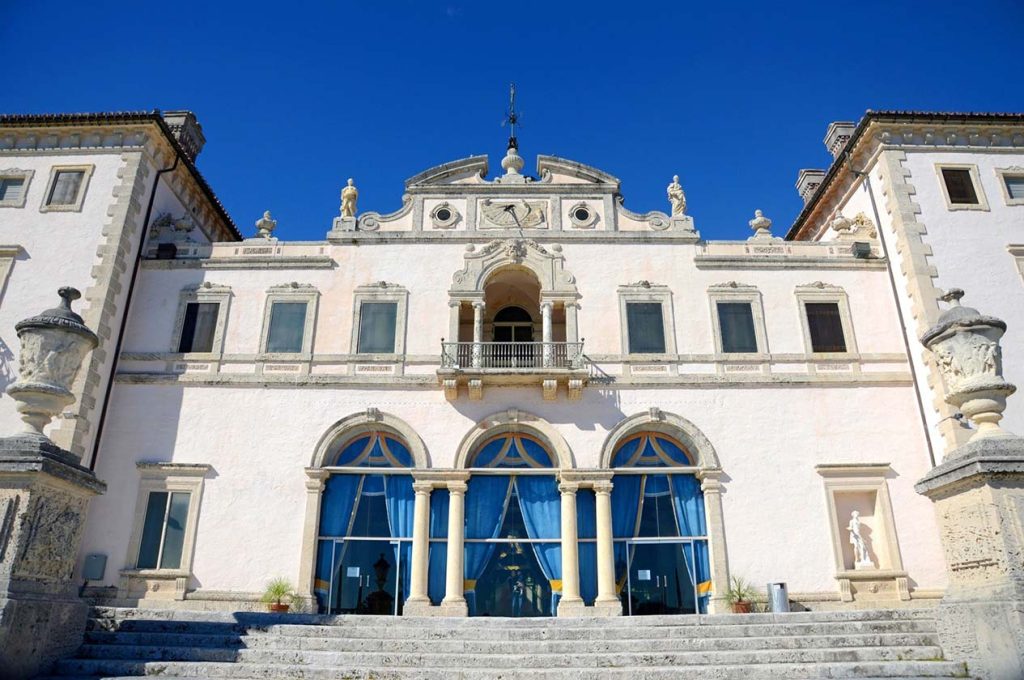
As I approached the Vizcaya Museum and Gardens, the sheer grandeur of the architecture took my breath away. The villa is a masterpiece, reminiscent of an era when attention to detail and opulence reigned supreme. The ticket price for adults, a mere $22, granted access to both the Main House and the stunning Gardens.
Once inside, I found myself immersed in a world of refinement. The art-filled rooms, complete with intricate details and a sense of timelessness, were reminiscent of a bygone era. Each chamber seemed to have a story of its own, and the villa itself was a work of art. The preservation of these exquisite interiors was a testament to the dedication of those who have worked tirelessly to maintain the villa’s historical integrity.
While the villa was a sight to behold, the gardens were equally captivating. The meticulously manicured gardens were nothing short of a botanical paradise. It was like stepping into a European dream, with fountains, statues, and hidden nooks waiting to be discovered. As I wandered through the lush greenery and enjoyed the serene atmosphere, I couldn’t help but be reminded of the grand European estates I had only read about in history books.
The time I spent exploring the villa and its gardens added up to about two hours, but it felt like a journey through time. It’s the perfect place for those who appreciate art, history, and a touch of European charm.
Pro Tip: If you plan to visit during the warmer months, be sure to stay hydrated, wear comfortable shoes, and take your time exploring the gardens.
Ball & Chain: The Heartbeat of Little Havana
Leaving the European elegance of Vizcaya behind, I ventured into the vibrant heart of Little Havana, where the rhythmic beats of Cuban culture beckoned me to the historic Ball & Chain. This iconic establishment has been a cornerstone of the neighborhood since the 1930s, and it’s a place where salsa and soul unite to create an unforgettable experience.
The moment I stepped into Ball & Chain, I was transported to a bygone era. The live music, the vibrant decor, and the lively crowd created an atmosphere that was alive with the spirit of Cuba. As I settled in, I couldn’t help but feel the history that permeated the place. From the photographs of legendary musicians to the old-world charm of the interior, Ball & Chain was a time machine that whisked me back to a different Miami.
What truly elevated my experience was the mojito. Priced at around $12, it was more than just a cocktail; it was a work of art. The refreshing blend of mint, lime, and rum was expertly crafted and served with a level of care and attention that spoke to the establishment’s dedication to quality.
The opening hours of Ball & Chain provided ample time to soak in the atmosphere. The bar and lounge are open from Sunday to Thursday, 1 PM to 10 PM, and on Fridays and Saturdays, 1 PM to 11 PM. During my visit, I stayed for about three hours, enjoying the music, the mojitos, and the captivating stories that seemed to linger in every corner of the venue.
Pro Tip: Plan your visit for a Friday or Saturday evening to experience the liveliest atmosphere and live music performances.
Coral Castle: A Monument of Marvels
The next stop on my journey through Miami’s cultural tapestry led me to the enigmatic Coral Castle, a place that has mystified visitors and experts alike for decades. Created by a single man, Edward Leedskalnin, this mesmerizing structure is a testament to the power of dedication and human ingenuity.
Coral Castle is a place that defies explanation. The intricate coral carvings and the massive 9-ton revolving gate, all crafted by one man, are nothing short of astonishing. As I entered, I couldn’t help but wonder how such an endeavor was possible.
The admission fee of $18 for adults was a small price to pay for the opportunity to delve into the mysteries of Coral Castle. The doors open daily from 8 AM to 6 PM, providing ample time for exploration. As I wandered through the corridors and chambers, I marveled at the precision and dedication that went into creating this monumental work of art.
One of the most fascinating aspects of Coral Castle is the mystery that shrouds it. Why did Edward Leedskalnin embark on this incredible project, and how did he achieve such precision and scale? The enigma adds an extra layer of intrigue to the experience.
I spent nearly four hours exploring Coral Castle, uncovering its secrets and marveling at the stone sculptures. It’s a place where the inexplicable becomes reality, and where history and mystery converge. As I left, I couldn’t help but ponder the extraordinary potential of the human spirit.
Pro Tip: Take your time to absorb the details and explore every nook and cranny of Coral Castle. The more you look, the more you’ll discover.
In concluding this expedition through Miami’s historical jewels, I’m struck by the diverse and captivating stories entrenched in the city’s foundations. From the resilience at the Freedom Tower to the opulence of Vizcaya, the soul-stirring beats of Little Havana, the enigma of Coral Castle, and the artistry of Ocean Drive’s Art Deco buildings, Miami’s history is a mosaic of vibrancy and allure.
My hope is that you, too, will relish these chronicles, embrace Miami’s rich heritage, and witness the city’s tale unfold.
